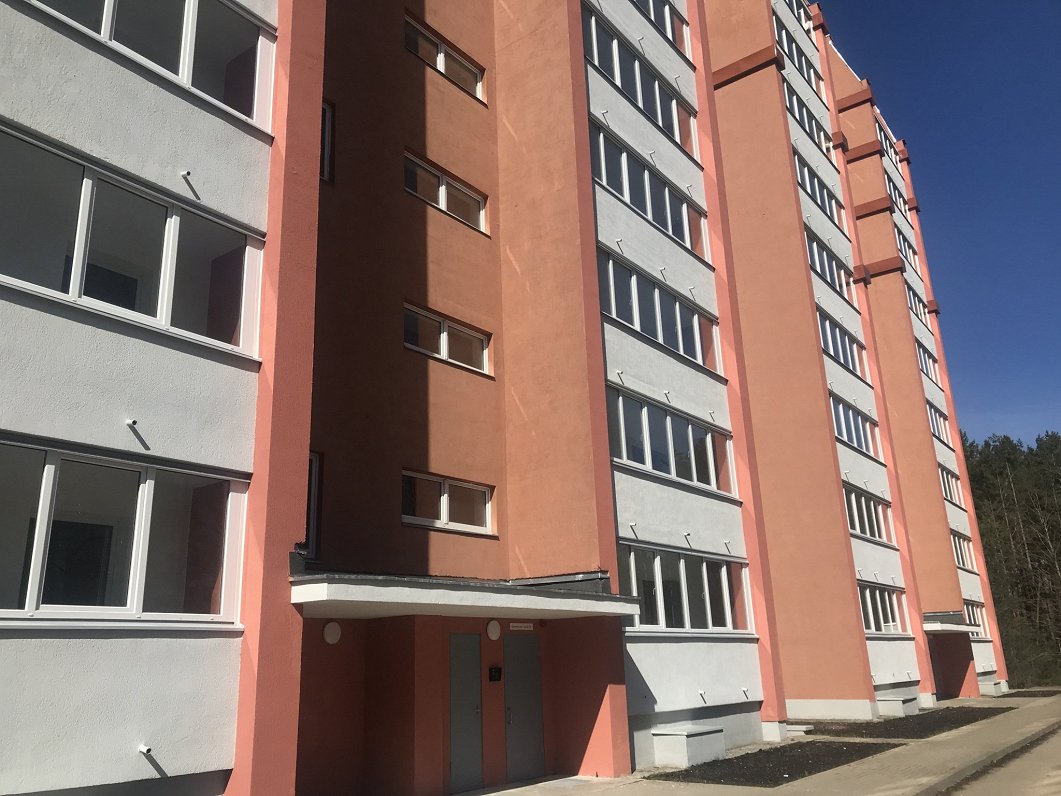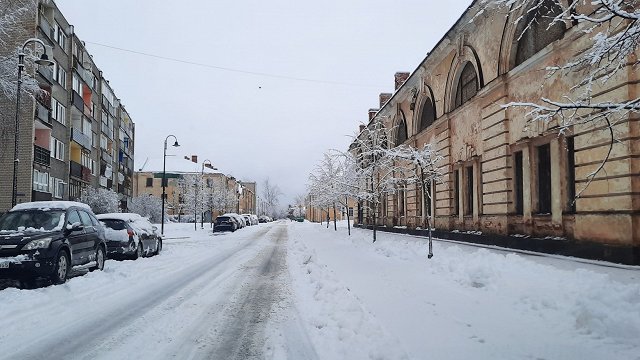Irina Moisejeva, property manager of Rēzekne House Manager, and Ludmila, an apartment block representative, showed Latvian Radio the basement of a five-storey panel house on Dzelzceļnieku Street in Rēzekne. In the coming days, the manager will carry out an inspection to make sure that the cellars, staircases and attics are free of various items to comply with fire safety requirements.
"We already explain to people that they are not be allowed to store things, but not everyone obeys. It happens. There are basements that are always clean, where people deliberately don't hang anything and deliberately take out their old furniture. But there are others where they do, and if we take it out, they come back and say we stole it."
The common areas will be cleared of excess items, but this will not be enough to make the basement a shelter in case of danger. Adaptation will take time and money.
"Theoretically, anything could be fitted out, the main thing is to have the funding," said Juna Kjakšta, a board member of Rēzekne House Manager. "Our minimum requirements are fire safety, but if we look at shelter regulations, such as air intake systems, of course there won't be any, because those basements were never designed for that in the first place. Those big requirements are now not met."
In early March, the State Fire and Rescue Service (VUGD), on behalf of the Ministry of the Interior, drew up guidelines on the minimum technical requirements for adapting basements and other potential sites for shelters.
There is no reason for residents to fear that they will have to demolish or vacate their basements, as only the common parts of basements, or passages and vacant areas, will be used for shelters, said Ivars Nakurts, Deputy Chief of the VUGD.
"There will be no requirement that anything has to be demolished. The important thing is that there is no flooding, no possibility of flooding, no mold. The basement must be free of hazardous chemicals, it must be free of waste, debris, and various structures. There is natural ventilation, there is lighting. Doors made of non-combustible materials," said Nakurts.
He said that the adaptation of basements will not fall solely on the shoulders of the residents, as the guidelines will be followed by the development of legal acts, which will then serve as a basis for attracting external funding.
"If you do this renovation, it would be necessary to equip this basement for shelter with minimal investment. A working group is still in the process of assessing existing financial instruments or legislation in many sectors. This could include a national investment program for targeted grants to municipalities with a specific purpose," said the Deputy Head of the VUGD.
Specific support mechanisms should be decided by May. In the meantime, municipal building authorities, in cooperation with the VUGD, will survey potential shelters in their territory by the end of this year.





























